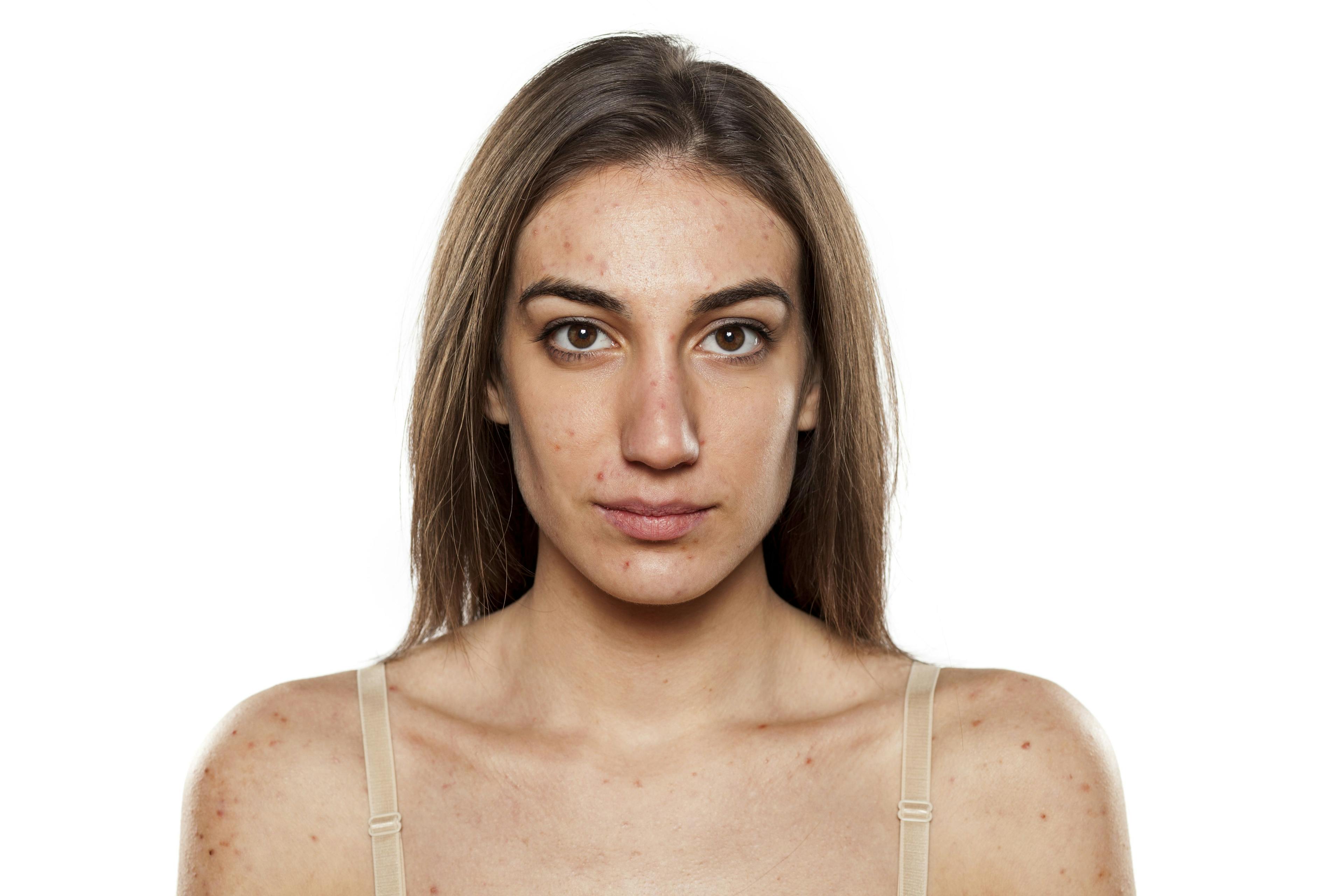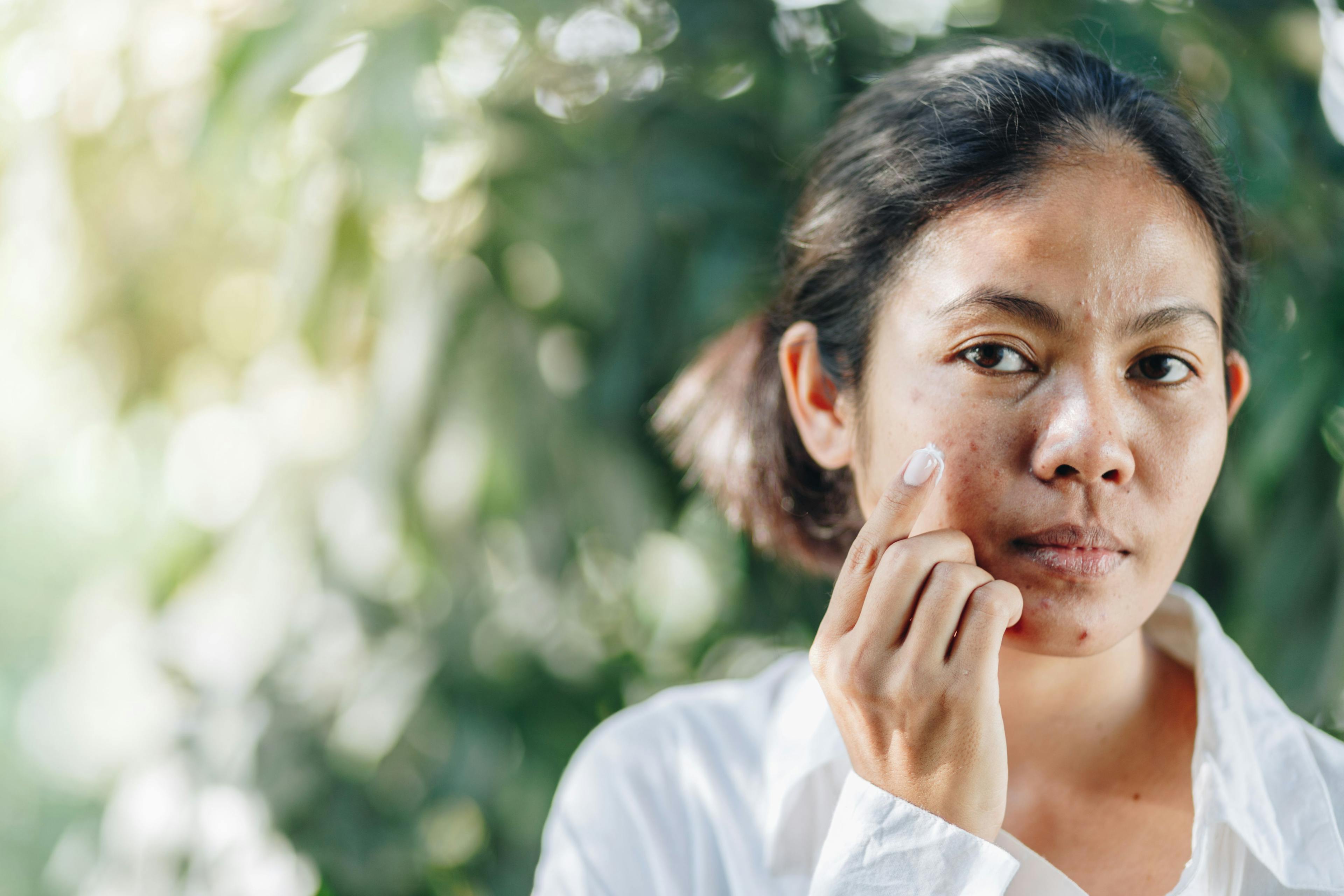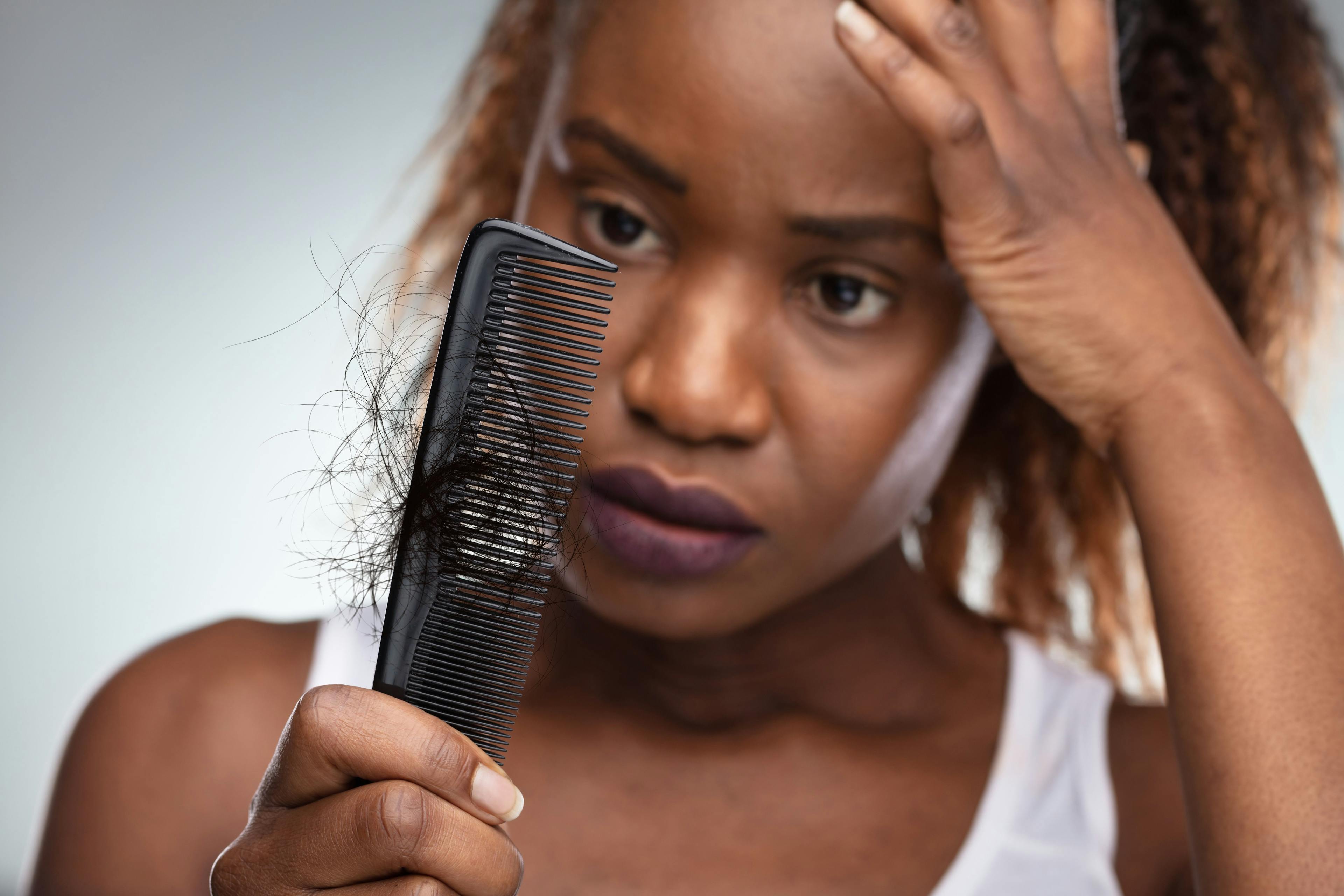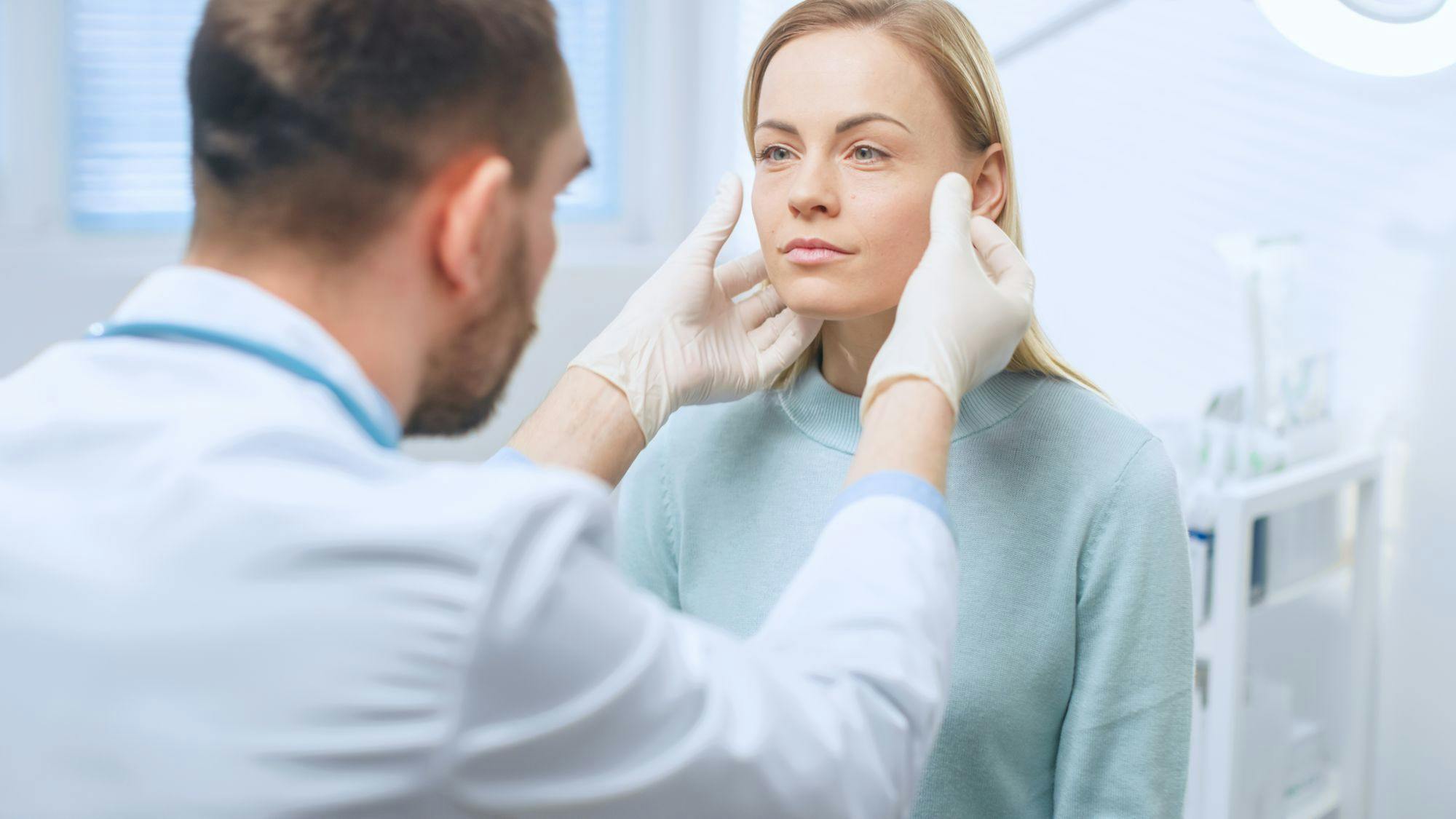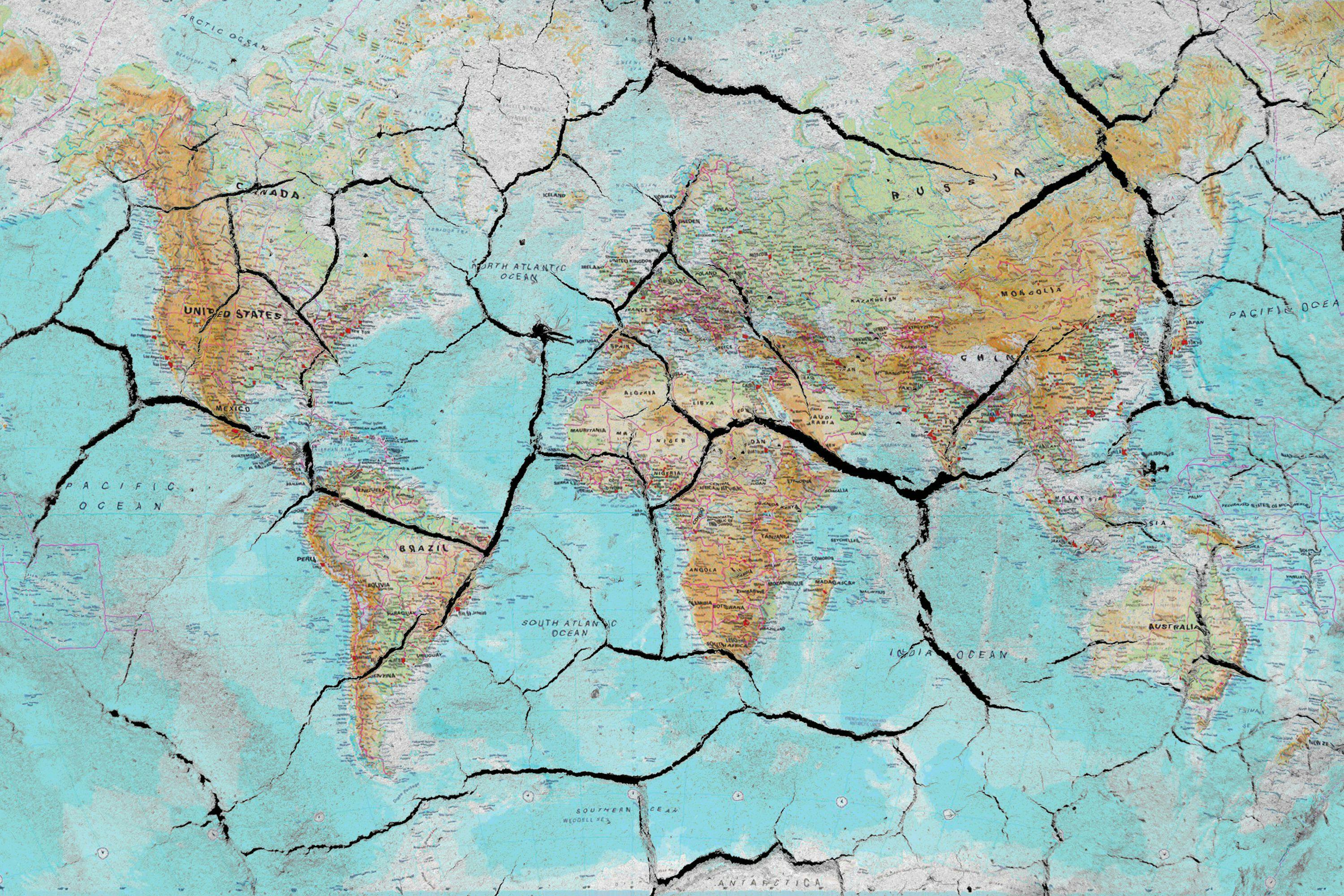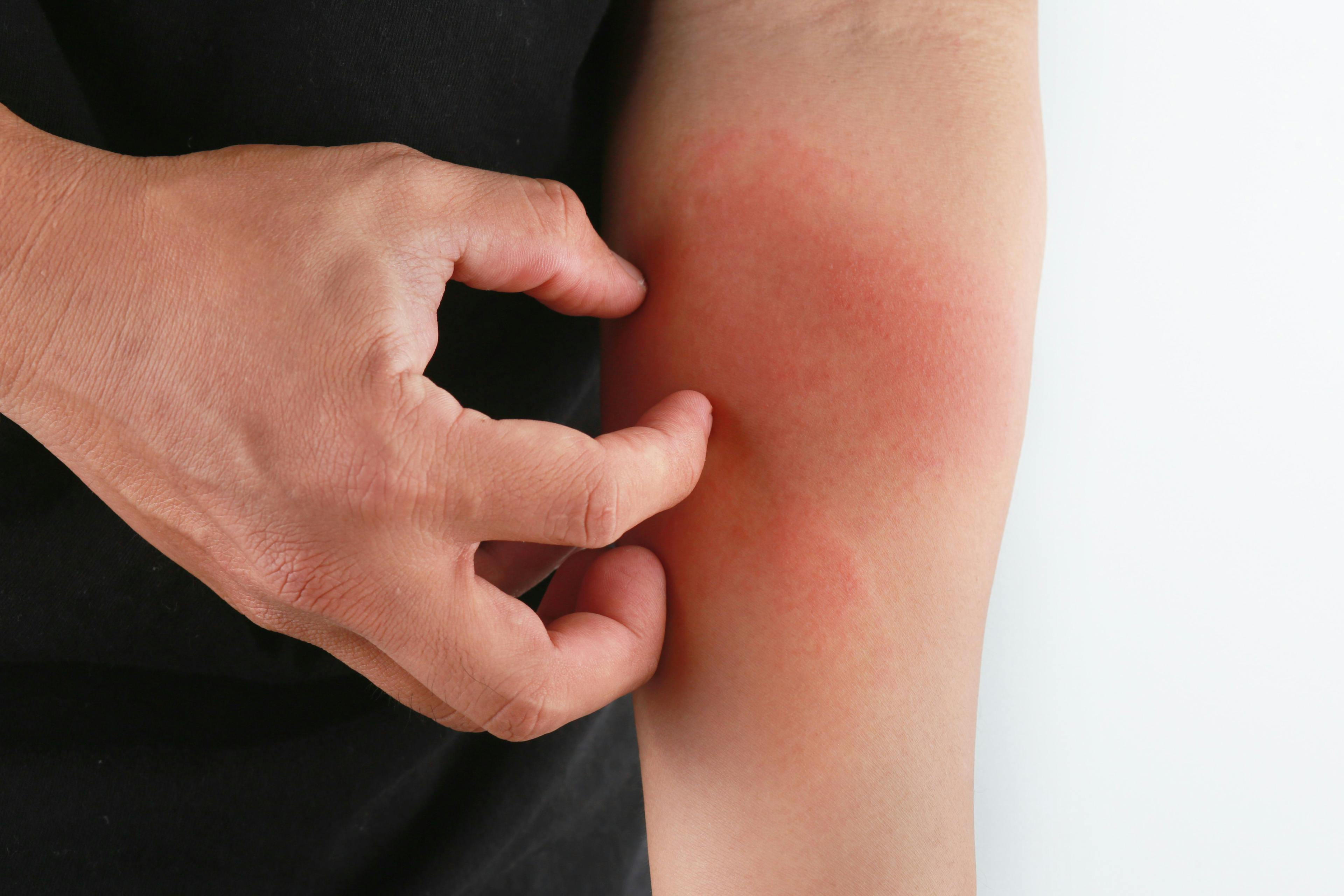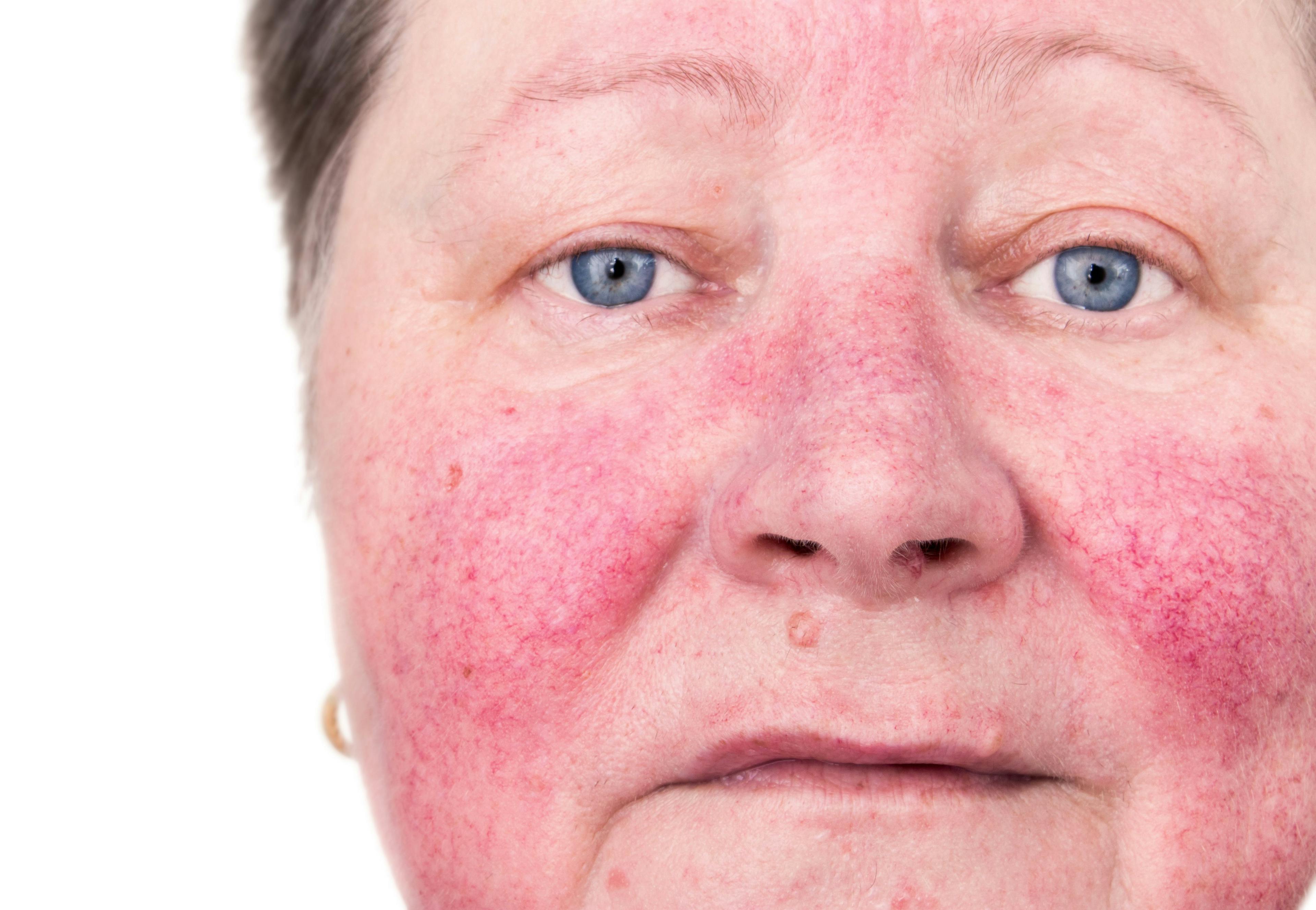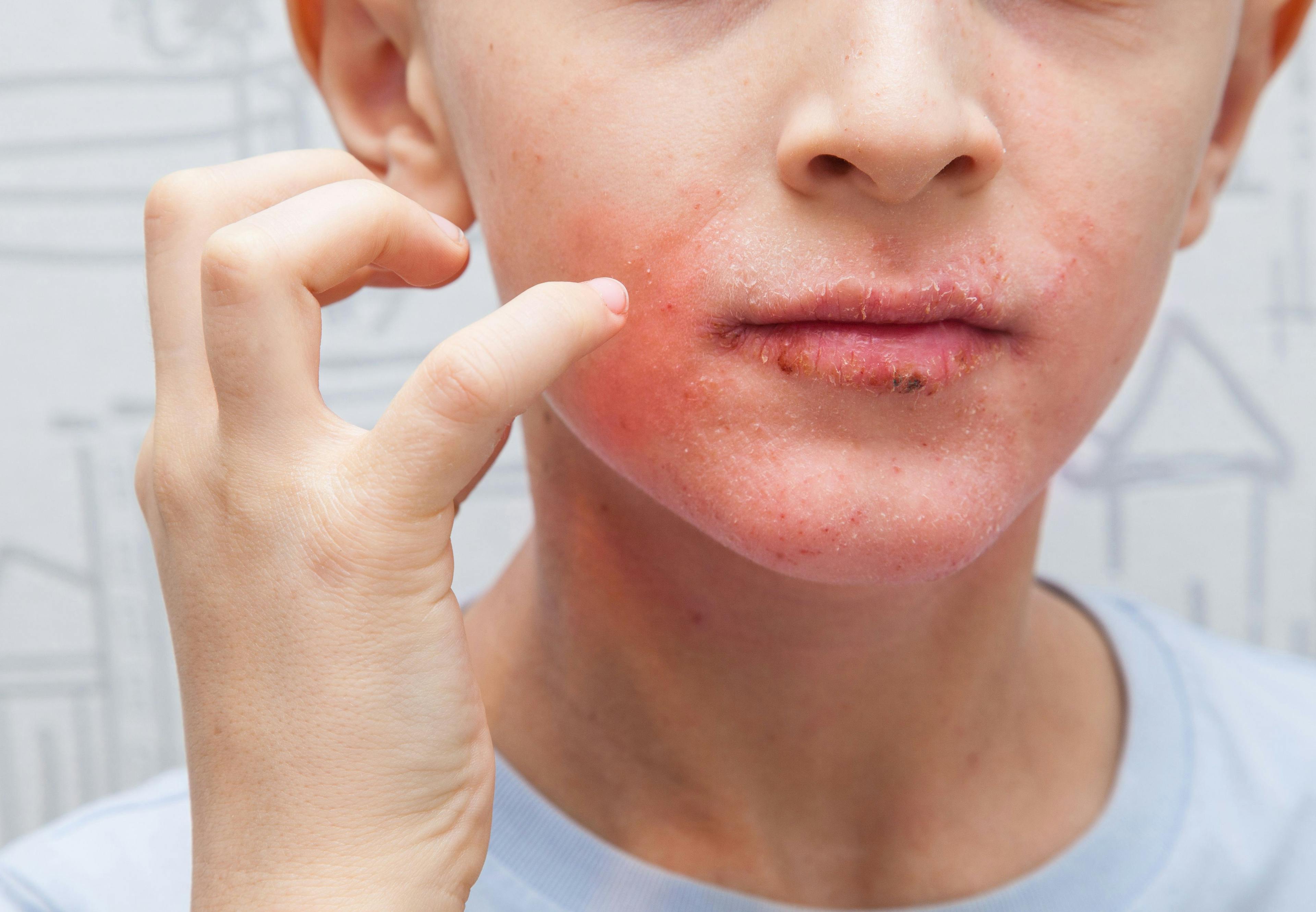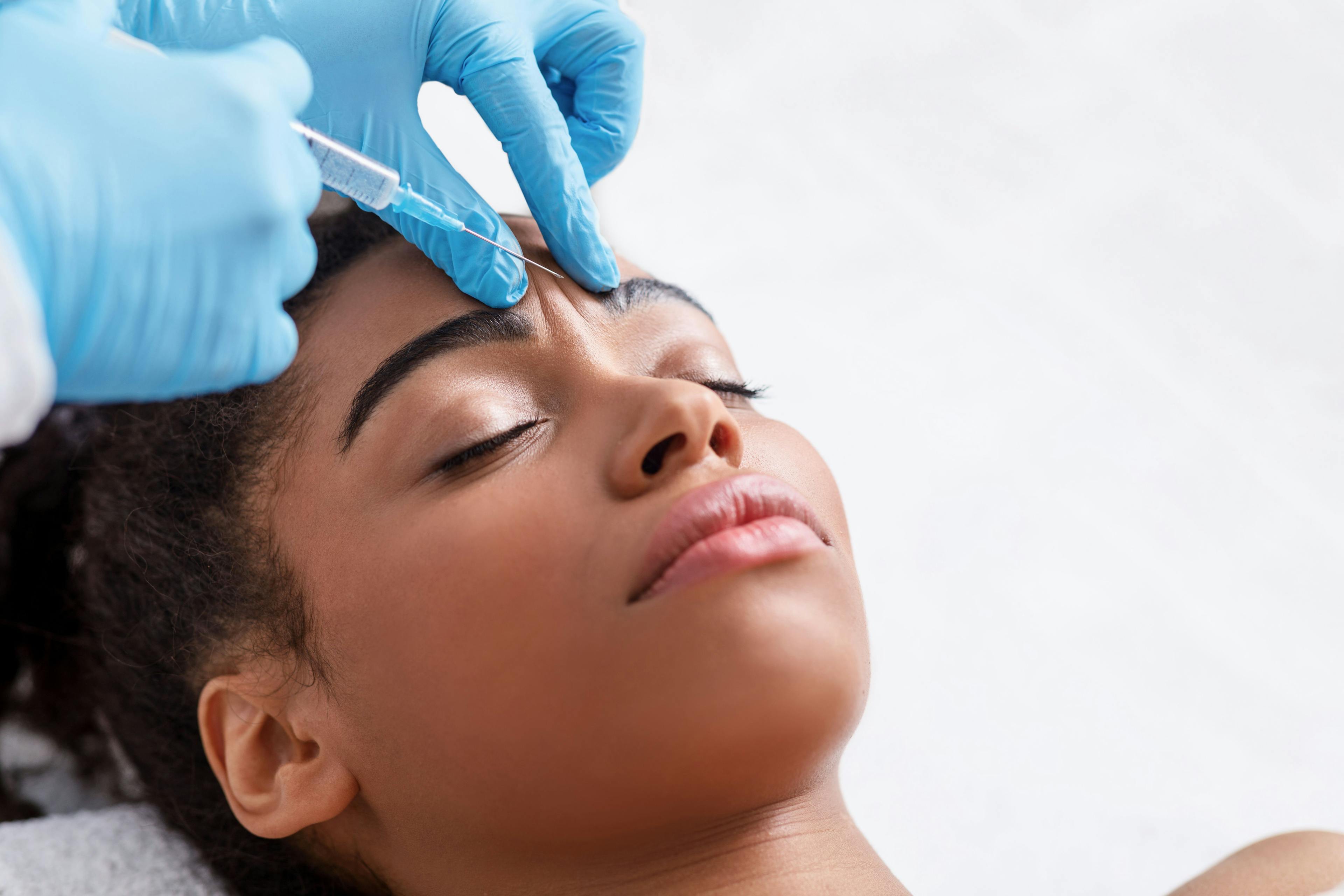- Acne
- Actinic Keratosis
- Aesthetics
- Alopecia
- Atopic Dermatitis
- Buy-and-Bill
- COVID-19
- Case-Based Roundtable
- Chronic Hand Eczema
- Drug Watch
- Eczema
- General Dermatology
- Hidradenitis Suppurativa
- Melasma
- NP and PA
- Pediatric Dermatology
- Pigmentary Disorders
- Practice Management
- Precision Medicine and Biologics
- Prurigo Nodularis
- Psoriasis
- Psoriatic Arthritis
- Rare Disease
- Rosacea
- Skin Cancer
- Vitiligo
- Wound Care
Publication
Article
Dermatology Times
Explore New Tactics for Acne Scars
Author(s):
Advances ranging from combined laser and drug therapies to innovative devices mean patients with acne no longer have to be scared of permanent scarring.
Acne is the most common condition treated worldwide by dermatologists.1 While it carries no mortality risk, it is associated with a high psychological burden. Depression rates among patients who experience this skin disorder can be as high as 25% to 40%, compared with 6% to 8% of the general population.2
Acne scarring contributes significantly to this burden because of its heavy impairment of quality of life. It has been related directly to low academic performance and problems with unemployment. More severe scarring leads to greater social disruption.3 Postacne scarring can increase not only the incidence of depression but also that of anxiety and even suicide.4
This trend takes on more significance when looking at how widespread the problem is. Studies have estimated that some degree of facial scarring occurs in 95% of cases.5 Fortunately, innovations in acne scar revision could change the future for these patients.
MATCH THE MODALITY TO PATIENT NEEDS, SCAR TYPE
Some acne scars are more difficult to treat than others and require both proper treatment selection and exacting execution. Generally, the physicians search for solutions starts with energy-based and non–energy-based therapies.
Laser therapy and radiofrequency (RF) devices are energy-based therapies, while chemical peels and surgical based treatments qualify as non–energy-based modalities. Other examples of non–energy-based treatments include dermabrasion, microdermabrasion, subcision, microneedling, punch techniques, fillers, and thread lifting.6
Given the varied presentation of acne scarring, it is critical for dermatology providers to have expertise in both non–energy-based and energy-based modalities to ensure that they can clearly explain the pros and cons of each to the patient. Before counseling the patient on the optimal approach, it is important to determine which choice is best for that individual based on the presentation of acne and scar type, but also in the context of other concerns such as postinflammatory hyperpigmentation, keloids, lifestyle factors like sun exposure, and the differences in aging skin.
“In older skin with more laxity, acne scars depth can appear exaggerated. Volume repletion with dermal fillers prior to targeting the scars or a more pan-facial treatment with laser resurfacing can help improve the laxity and the scarring,” said Girish S. Munavalli, MD, MHS, FACMS, assistant clinical professor of dermatology at Wake Forest School of Medicine, Winston-Salem, North Carolina, and medical director of Dermatology, Laser & Vein Specialists of the Carolinas, Charlotte, North Carolina, to Dermatology Times®.
However, he noted, “in skin of color, thermal damage to melanocytes by ablative lasers can result in dyschromia, so nonablative fractional lasers and radiofrequency microneedling devices can stimulate dermal collagen and improve contour deformities while limiting damage to the epidermis.”
A review conducted by Gupta et al looked at a critical evaluation of the available modali- ties to find the level of evidence and therapeutic ladder of management of different types of acne scars in skin of color patients.7 Overall, the authors found that there is a lack of high-quality data in the management of postacne scars in skin of color patients, but they did conclude that combination treatment showed better efficacy compared with single treatments.
Chemical peels work by causing a controlled injury to the epidermal or dermal layers of skin, which results in exfoliation and neocollagenesis during extracellular matrix remodeling.8 Differentiated by their strengths, they have wide applicability in dermatology for disorders such as photoaging, dyschromia, acne, and acne scarring.
This technique is a safe and economical approach for acne scarring but the efficacy is dependent the depth of the peel and its frequency. As such, superficial (ie, glycolic acid, salicylic acid, lactic acid, retinoic acid, mandelic acid, pyruvic acid, and Jessner peel,) and medium-depth peels (ie, 35% to 50% trichloroacetic acid [TCA], glycolic acid plus 35% TCA, Jessner peel plus 35% TCA) are best for mild and atrophic scarring or acne related hyper- pigmentation, he said.
Dermabrasion and microdermabrasion are physical-type treatments that result in skin resurfacing through the mechanical ablation of the outer layers of the skin. Dermabrasion usually uses a motorized wire brush or diamond fraise and accomplishes microdermabrasion by brushing aluminum oxide crystals across the epidermis.9,10 These techniques result in a smoother skin complexion by reepithelialization and regimentation through the adnexal structures and dermal neocollagenesis.11
Both of these procedures are relatively simple and safe. Typically, patients experience only mild periprocedural discomfort and little to no downtime. Because dermabrasion initially was developed to cause controlled injury to the skin but not affect the reticular dermis, it is particularly effective for superficial rolling and boxcar scars but provides inconsequential efficacy for deep ice pick scars.12
Microneedling, as known as percutaneous collagen induction therapy, is another non–energy-based treatment that widely used in dermatology not only for acne scar- ring but also for rhytids and melasma. This technique works by creating multiple tiny, pin-size holes in the skin to stimulate rejuvenation and is usually performed with a standard medical dermaroller.13 As a monotherapy, microneedling has been shown to be most effective with rolling scars, followed by box- car scars and then ice pick scars.14 It can promote transdermal delivery of topical agents, such as platelet rich plasma (PRP), which adds to its versatility.
A recent systematic review and meta-analysis was conducted on microneedling monotherapy for acne scarring. Twelve studies, which included 414 patients, were analyzed. The authors found that microneedling without RF achieved the best results for scar improvement. No form of microneedling caused postinflammatory hyperpigmentation, which is an advantage in acne scar treatment for patients with skin of color. Based on the results of this particular review, microneedling was determined to be a favorable and safe choice for acne scarring.15
Dermal fillers have become a popular option for scar treatment. These agents are characterized by their estimated longevity with short-lasting (hyaluronic acid, bovine/ porcine-sourced collagen), semipermanent (poly-L-lactic acid, calcium hydroxylapatite), and permanent (polymethyl methacrylate) options available. Fillers work by providing gradual corrections of acne scarring so they are well suited to treat rolling scars but have no little to no efficacy for ice pick scars.
In a comparison study, the semipermanent filler poly-L-lactic acid was shown to be more efficacious compared with the short-lasting bovine collagen, with greater patient satisfaction.16 However, poly-L-lactic acid may cause bruising, erythema, pain, and possibly even nodule formation. These adverse events are exacerbated by administration in the wrong dermal plane.17,18
While fillers are easy to use and relatively accessible, their efficacy is not as robust as that of the other noninvasive treatment modalities, according to research data.19 Current studies are focusing on the efficacy of biostimulatory fillers for acne scars.
COMBINATIONS GET MORE CREATIVE
One tip to increase the efficacy of a procedure is to combine it with another procedure in hopes of achieving an additive or synergistic effect. “Often combination therapy with dif- ferent procedures at the same session will lead to the best results,” Munavalli said. “But before developing a combination approach, the der- matologist must first identify the type of scar and consider which treatment choices would be optimal.”
Given that nonablative lasers have a wide-ranging efficacy for the treatment of acne scarring, Akerman et al sought to combine treatment with a nonablative laser and a dermal filler (hyaluronic acid) to evaluate effec- tiveness in the treatment of post-acne scars. The authors conducted a retrospective analysis of 12 patients who underwent treatment with a nonablative 1540-nm erbium glass laser every 4 weeks for 4 sessions, followed by hyaluronic acid injection after the first and third sessions. Two independent dermatologists conducted a before-and-after blinded clini- cal evaluation; patient satisfaction scores were collected as well. While limited by a small sample size, the authors concluded that this combination therapy is safe and effective for patients with post-acne facial scarring with the hyaluronic acid adding a synergistic healing effect to the nonablative laser treatment.20
Another combination study assessed the use of a fractional CO2 laser with PRP in both fluid and gel form. Previous studies showed PRP improves acne scars by inducing healing through mild inflammation and leading to the production of growth factors for new tissue and vessel growth.21
A split-faced, randomized clinical trial was conducted with 27 patients using clinical and optical coherence tomography (OCT) assessments at baseline, 1 month, and 3 months after therapy. There was a significant improvement in clinical assessment scores at the 3-month follow-up on the plasma gel- and plasma fluid-treated sides compared with month 1, and scar depth decreased significantly at the 3-month follow-up compared with baseline. The plasma gel produced a quicker result but the fluid injection was less painful. The authors concluded that using PRP in combination with fractional carbon dioxide laser, both in fluid and gel form, was an effective treatment of atrophic acne scars.22
In light of the promising results of dual com- bination therapies, some studies are evaluating the combination of 3 different treatments. Using subcision, dot peeling, and laser to treat acne scars, Kang et al demonstrated that triple-combination treatment can be an effec- tive and safe method for atrophic acne scarring.23 However, more studies are needed on this topic, according to the authors.
MAKE SKIN CARE PART OF THE SOLUTION
Pre- and postoperative skin care play a role in achieving optimal results. A recent survey of plastic surgeons and dermatologists found a lack of standardized measures for pre- and postprocedural skin care with minimally invasive, non–energy-based aesthetic treatments.24 However, this step is necessary to a successful outcome, according to Munavalli.
In general, preprocedural care may include UV light protection, topical retinoids, and skin-brightening agents. If indicated, oral herpes simplex prophylaxis may be considered.
Postinterventional care should be aimed at supporting wound healing, modulating inflammation, and maintaining a healthy balance of skin hydration. Munavalli rec- ommended use of light moisturizers and broad-spectrum UV protection to accomplish these goals. “Typically, postoperative care utilizes topicals with little to no preservatives or possible contact allergens to minimize skin reaction,” said Munavalli. “Sun avoidance also is necessary during the healing process to avoid hyperpigmentation pigmentation issues.”
With the complex nature of acne scarring and the vast therapeutic armamentarium, it is important for dermatology providers to be familiar with the advantages and disadvantages of each treatment while ensuring proper pre- and postprocedural care, he advised.
Disclosure: Munavalli serves on the medical advisory board and is an investigator for Candela and Lumenis, and is an investigator for Lutronic.
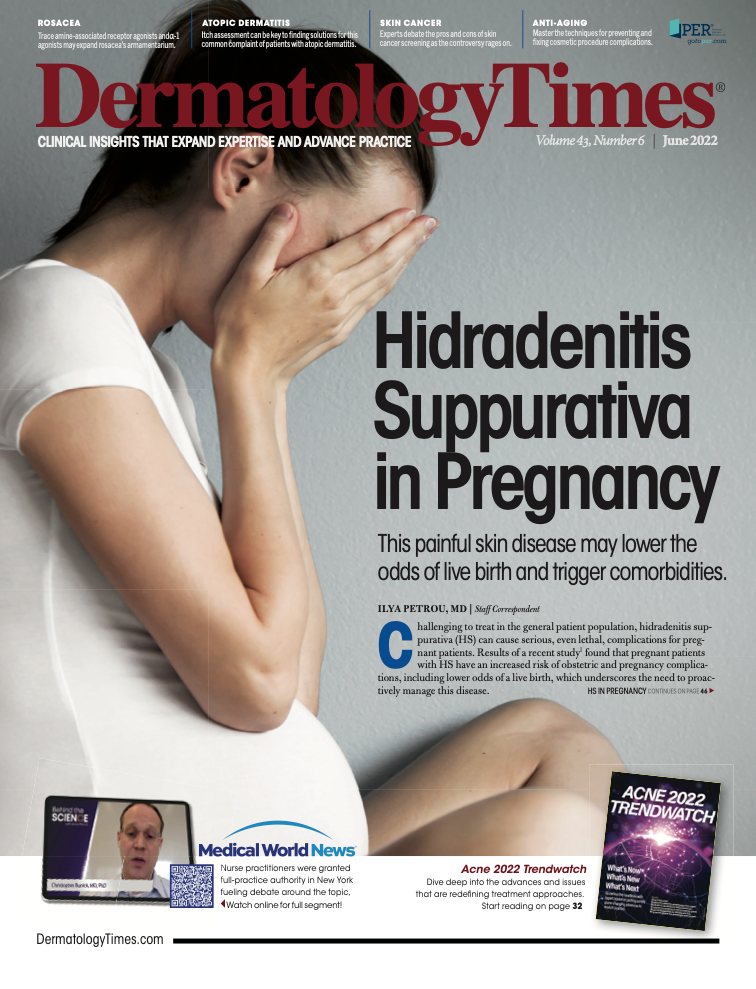
Newsletter
Like what you’re reading? Subscribe to Dermatology Times for weekly updates on therapies, innovations, and real-world practice tips.


